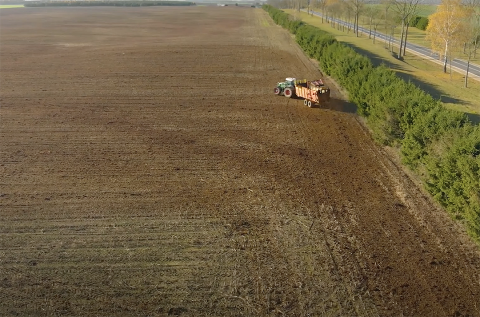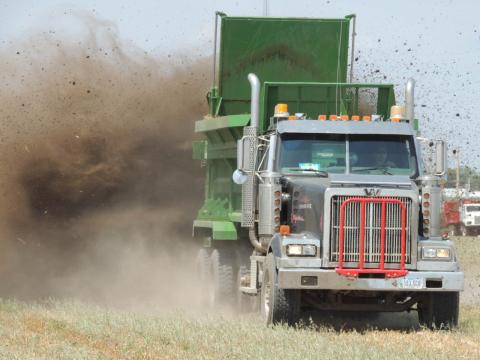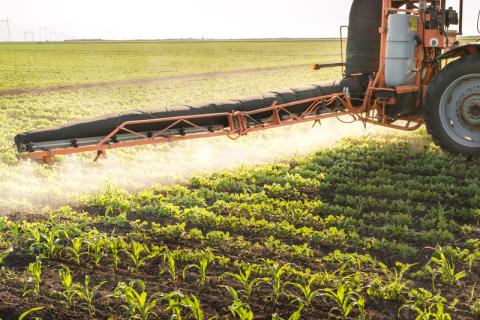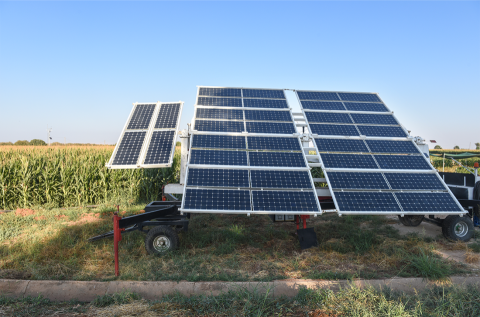Maximizing Manure Efficiency in the Fall
November 7, 2024
Learn how to turn manure into a high-value resource with these tips on using grid soil sampling and variable rate technology to calculate application rates for specific soil nutrient needs.
From Soil to Swine: How One Nebraska Farmer Found Success in Manure Management
July 11, 2024
For one Nebraska corn and soybean producer, an attempt at expanding operations revolutionized his whole approach to farming. Read more about his experience here.
Pasture and Forage Minute: Fertilizing Cool-season Pasture, Army Cutworm Control
April 29, 2024
Extension educators review timelines for turnout to summer pastures, calculating returns on fertilizing cool-season pastures, and tips for scouting army cutworm in alfalfa fields.
Choosing a Manure Application Rate
April 23, 2024
Nebraska Extension shares recommendations on determining a manure application rate that will meet agronomic crop needs while accounting for excess soil nutrients or building soil fertility.
Nitrogen Fertilizer Trends in Nebraska from 1955-2023
April 16, 2024
This Nebraska Extension article highlights the impact of factors such as plant genetics and improved production practices to fertilizer consumption in Nebraska over numerous decades.
USDA Invests $124 Million in Clean Energy and Fertilizer Projects
April 11, 2024
Three Nebraska businesses are among the award recipients of USDA's renewable energy program, which helps fund projects that will lower energy costs, generate new income and create jobs for the ag industry.
Fertilizer Recommendation Support Tool to Digitize Crop Nutrient Management Launches Nationwide
April 9, 2024
A significant advancement in soil testing, a new web-based fertilizer decision support tool will potentially save farmers millions of dollars annually while reducing excess nutrient losses to the environment.
‘Manure Better’ Workshop Focuses on Correct Application and its Impact
April 4, 2024
Attendees of the Manure Better workshop delved into multiple hands-on activities, from calculating and calibrating manure applications to looking at the nutrients and crop needs.







